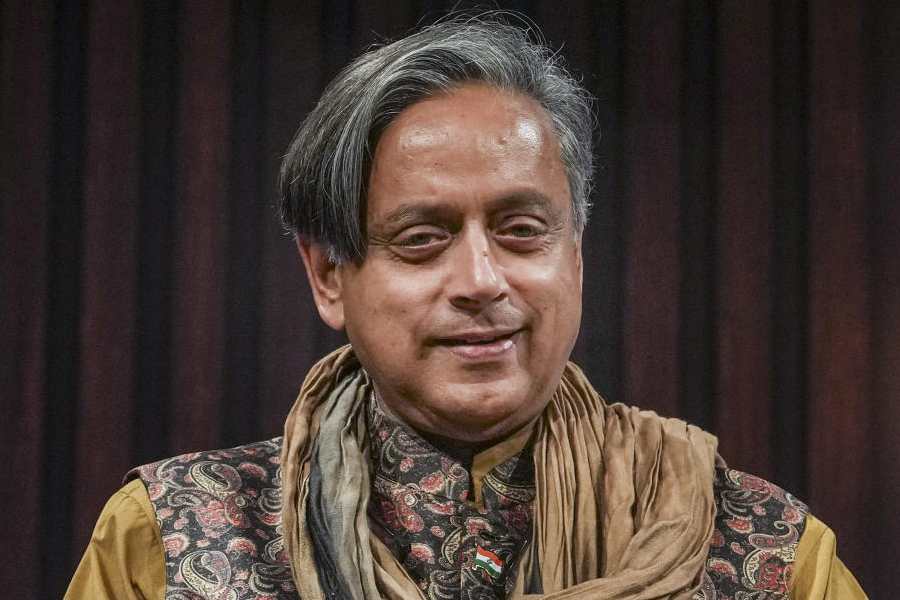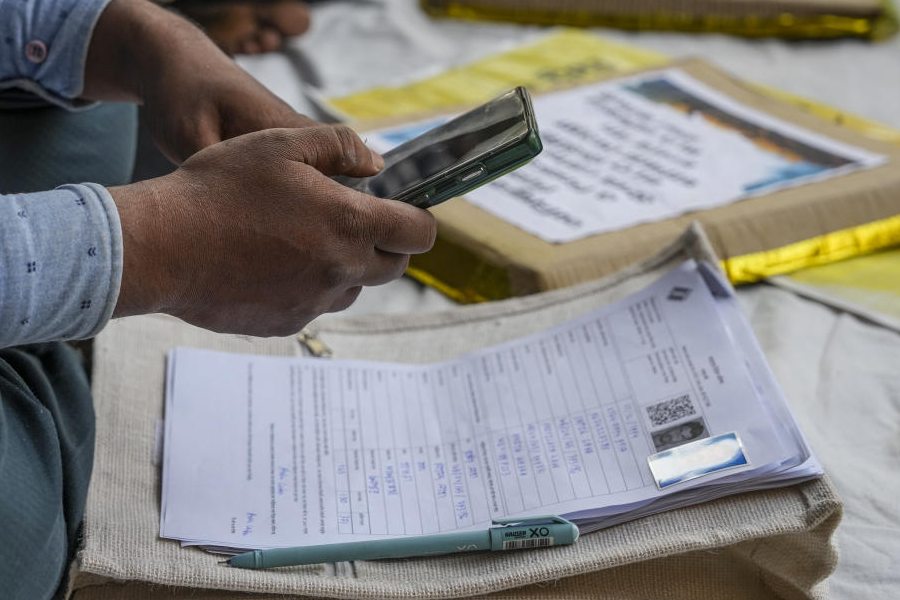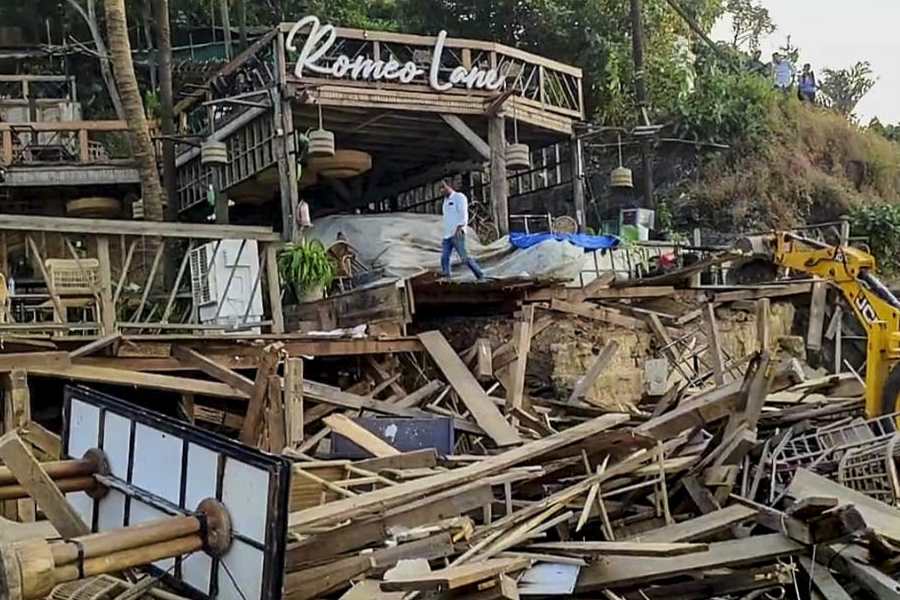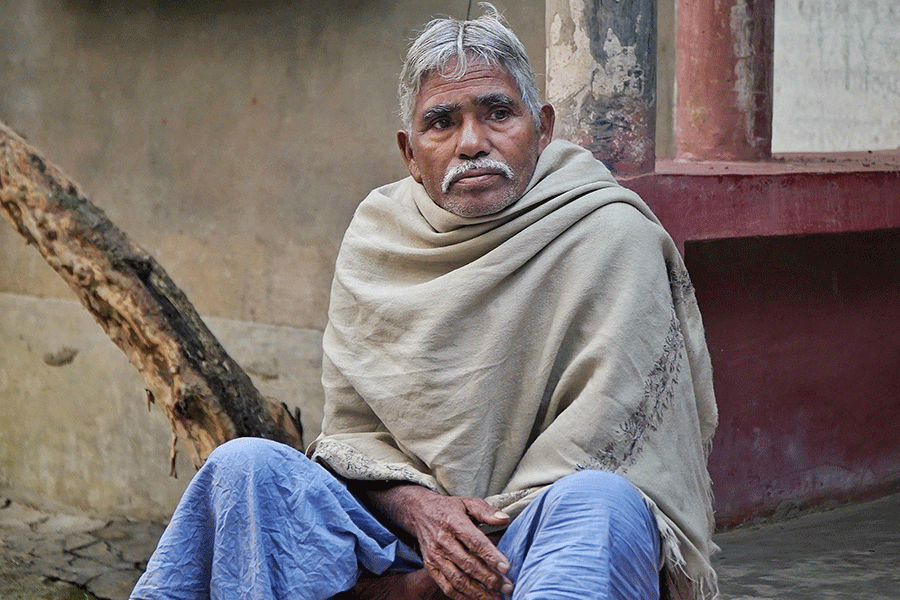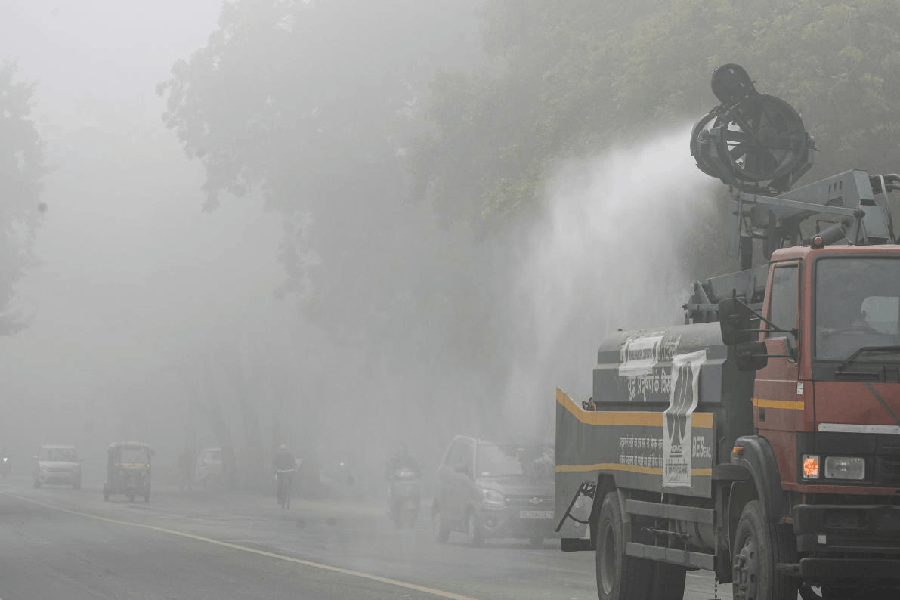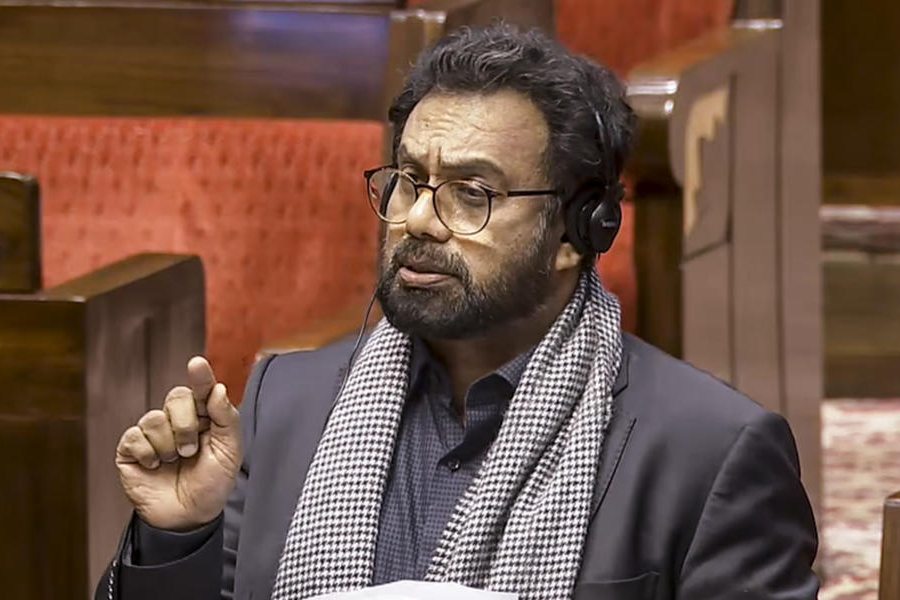Ranchi, July 19: The state today adopted a new strategy to improve maternal and child healthcare in 11 high priority districts through intensive and systematic efforts.
The announcement was made at a state-level conference, organised by the health, medical education and family welfare department in association with the USAID and Unicef — at a hotel in the capital.
The Union ministry of health and family welfare has come up with a strategy — RMNCH+A (Reproductive Maternal Newborn Child Health + Adolescence) — to achieve the Millennium Development Goals.
The plan will be executed this year in 184 high priority districts, including 11 from Jharkhand, which fared poorly on health indices till 2012.
The 11 districts from Jharkhand are Dumka, Godda, Gumla, Latehar, Lohardaga, Pakur, Palamau, Sahebganj, Seraikela-Kharsawan, Simdega and West Singhbhum.
Introducing RMNCH+A, Dr Rakesh Kumar, joint secretary (health) in the Union ministry, said, “More focused approach is required to improve health indicators in these districts. It is expected that the state will be more vigilant now and adopt an improved monitoring and evaluation mechanism to better the situation.”
While the state was advised to come up with a special unit for implementation of the project, health department and JRHM officials were asked to follow a simple thumb rule — give priority to people of tribal areas. “The idea is to reach out to the people living in remote areas, especially SCs/STs, migrants and the downtrodden,” he said.
To transform maternal healthcare, the emphasise will be on creating awareness and demand for Janani Sishu Surakhsa Karyakram through micro-planning for deliveries and timely payment to beneficiaries (pregnant women) under the Janani Suraksha Yojana.
Now, the School Health Programme will be known as the Rashtriya Bal Swasthya Karyakram (RBSK), with many additional components, that will help improve the child healthcare.
Another important aspect of the RMNCH+A is that all the medical colleges and hospitals in the state will be involved in monitoring and evaluation of health indicators in their respective districts.
MGM hospital in Jamshedpur will look after West Singhbhum and Seraikela-Kharsawan districts while Pataliputra Medical College and Hospital (PMCH) will take care of Godda, Sahebganj, Pakur and Dumka. Latehar, Lohardaga, Gumla and Simdega will come under the Rajendra Institute of Medical Sciences.
Dumka deputy commissioner Harsh Mangla, who participated in the event, said post-training evaluation of health service providers was important. He pointed out that most of the residents of Dumka go to Suri (in Bengal) for health services due to proximity, under these circumstances, inter-state co-ordination would have been better.
K Ravi Kumar, DC Godda, and Praveen Toppo, DC Simdega, expressed their concerns over shortage of staff, which posing a hurdle in extending health services. Toppo said increasing the number of health service facilitators was very important.
The programme was also attended by Manish Ranjan, MD Jharkhand Rural Health Mission, Dr Praveen Chandra, director-in-chief (health services), Dr Sumant Mishra, director health services, Nancy Godfrey, director of health office, USAID (India), Dr Genevieve Begkoyian, chief health, Unicef, Delhi.


